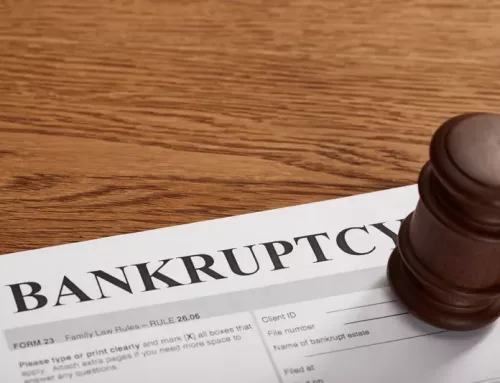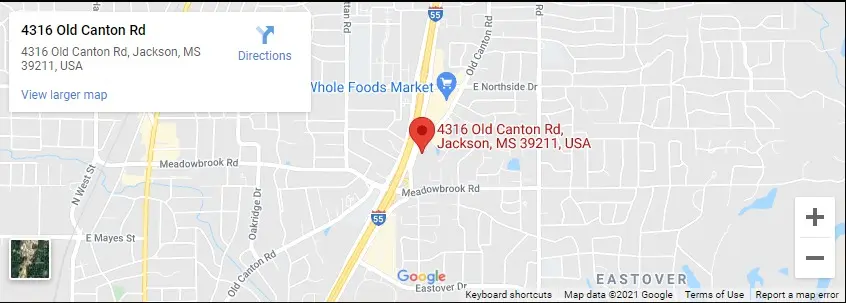Although many people in turbulent financial waters know some of the basic fundamentals relating to bankruptcy, their knowledge stalls out when it gets to the details.
That is eminently understandable. After all, a bankruptcy filing is hardly a casually invoked process. Moreover, this longstanding remedy, recognized by the U.S. Constitution and in both federal and state statutory enactments, is rife with technicalities. Those include the formulae associated with the so-called means test, applicable timelines and myriad additional factors.
One initial determination relevant to most filings stems from an assessment of outstanding debt and disposable income. Some people are deemed eligible to file for Chapter 7 bankruptcy, which involves liquidating assets and using the proceeds to pay off debt. With a Chapter 7, some assets are exempt from seizure. In given cases, a large amount of debt is forgiven. The process is relatively quick.
Not every person qualifies for Chapter 7, though, and not every debtor wants to pursue that process.
An alternative to Chapter 7 is Chapter 13, an entirely different bankruptcy process pursuant to which a plan is developed to assess a filer’s living expenses. What is left over is applied by a court to reduced monthly payments slotted to creditors over a three-to-five-year period. Following the bankruptcy period, whatever debt remains is forgiven.
A key difference between Chapter 7 and Chapter 13 is that a debtor invoking the latter process typically does not have to liquidate any assets.
Restructuring debt through Chapter 13 bankruptcy can be a sound idea for many debtors who want to keep all their assets and who have sufficient income to pay creditors over time pursuant to a court-structured plan.
A proven bankruptcy attorney can fully explain the process and help a client achieve debt-liquidation goals.








Connect with Us